Home>Technology>Home Entertainment Systems>How Many Lumens For A Home Theater Projector
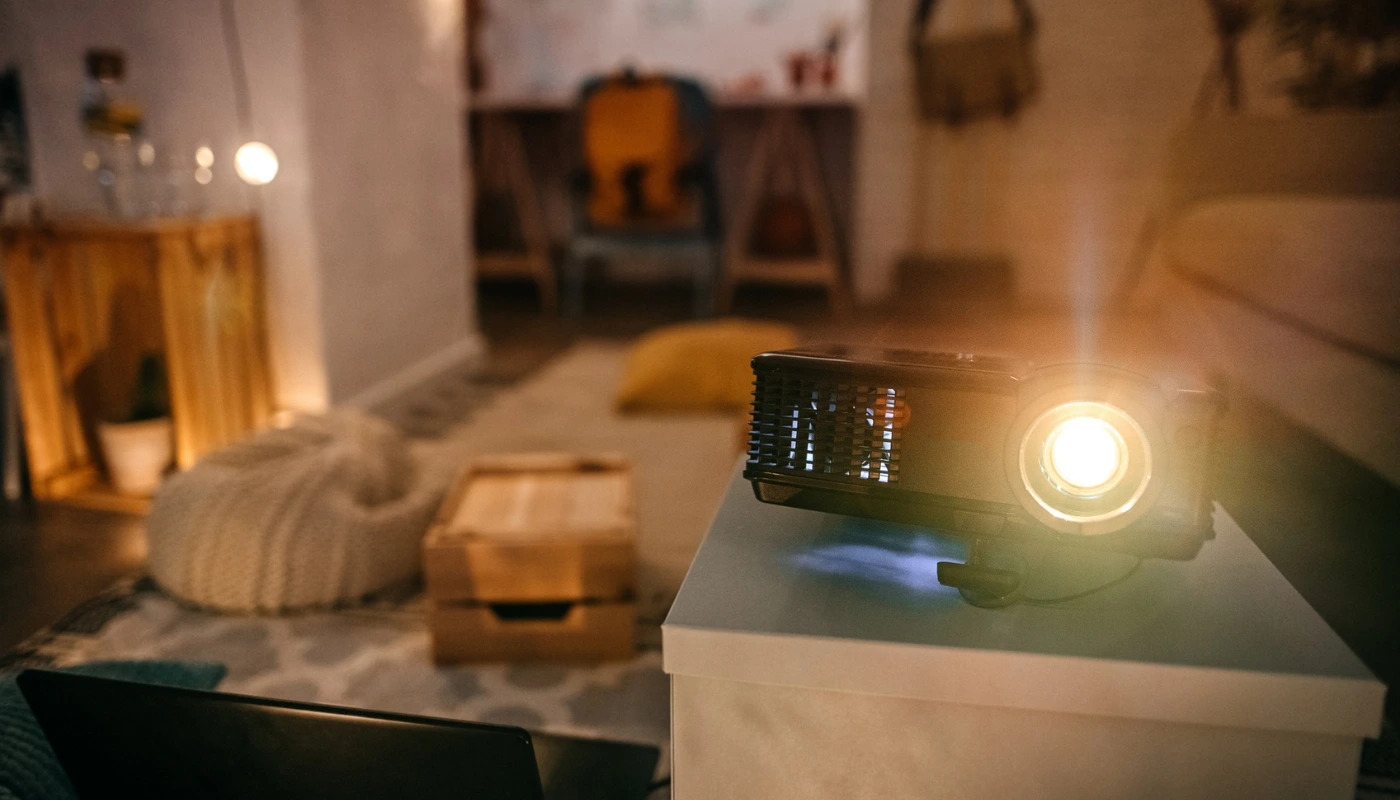

Home Entertainment Systems
How Many Lumens For A Home Theater Projector
Modified: August 28, 2024
Find the perfect brightness for your home entertainment system with our guide on how many lumens you need for a home theater projector. Discover the ideal lumens for an immersive viewing experience.
(Many of the links in this article redirect to a specific reviewed product. Your purchase of these products through affiliate links helps to generate commission for Storables.com, at no extra cost. Learn more)
Introduction
When it comes to creating an immersive home entertainment experience, a high-quality projector is a game-changer. Whether you're a movie buff, a sports enthusiast, or a gaming aficionado, a home theater projector can elevate your viewing experience to new heights. However, with a myriad of options available in the market, it's crucial to understand the technical specifications that determine the performance of a projector. One such crucial factor is lumens.
Lumens, in the context of projectors, refer to the measurement of the brightness of the projected image. In simple terms, the higher the lumen count, the brighter the image will appear on the screen. Understanding the significance of lumens is essential for anyone looking to invest in a home theater projector, as it directly impacts the visual quality and overall viewing experience.
In this comprehensive guide, we will delve into the world of lumens for home theater projectors, shedding light on the factors to consider and the recommended lumen levels for different viewing environments. By the end of this article, you will have a clear understanding of how lumens contribute to the performance of a home theater projector, empowering you to make an informed decision when choosing the ideal projector for your home entertainment setup.
Key Takeaways:
- The brightness of a home theater projector, measured in lumens, impacts the viewing experience. Consider factors like room lighting and screen size to choose the right lumen level for an immersive home entertainment setup.
- For a dedicated theater room, 1500-2000 lumens are recommended, while spaces with more light may need 2000-3000 lumens. Understanding these levels helps create a captivating visual experience tailored to your unique needs.
Read more: How Many Lumens For A Good Projector
Understanding Lumens
Lumens are a fundamental unit of measurement used to quantify the brightness of light emitted by a source. In the context of home theater projectors, lumens play a pivotal role in determining the clarity and vibrancy of the projected images. Essentially, the lumen count of a projector indicates how bright the projected image will appear on the screen. Understanding this concept is crucial for anyone seeking to optimize their home entertainment experience.
In practical terms, a higher lumen count results in a brighter image, which is particularly beneficial when dealing with ambient light or larger projection surfaces. This means that a projector with a higher lumen rating will be better equipped to maintain image quality in environments where light control is challenging. On the other hand, in a dedicated home theater room with controlled lighting, a lower lumen count may suffice, as excessive brightness can lead to eye strain and a less immersive viewing experience.
It's important to note that while lumens are a key indicator of a projector's brightness, they are not the sole factor that determines image quality. Other elements, such as contrast ratio, color accuracy, and resolution, also significantly contribute to the overall visual performance of a projector. Therefore, when evaluating a projector, it's essential to consider lumens in conjunction with these other specifications to ensure a well-rounded assessment of its capabilities.
Furthermore, understanding lumens enables consumers to make informed decisions based on their specific viewing environments and preferences. For instance, individuals intending to set up a home theater in a room with ample natural light may prioritize projectors with higher lumen outputs to counteract the ambient light and maintain image clarity. Conversely, those creating a dedicated, light-controlled theater space may opt for a projector with a lower lumen count to achieve optimal viewing conditions without overwhelming brightness.
In essence, grasping the concept of lumens empowers consumers to align their projector choices with their unique viewing needs, ensuring that they can fully appreciate the visual splendor of their favorite movies, sports events, and games within the comfort of their homes. By understanding the role of lumens in projector performance, individuals can make informed decisions that enhance their home entertainment experiences.
Factors to Consider
When evaluating the ideal lumen level for a home theater projector, several crucial factors come into play, each exerting a significant influence on the overall viewing experience. By carefully considering these factors, individuals can make informed decisions that align with their specific needs and preferences.
-
Ambient Light Conditions: The ambient light present in the viewing environment is a pivotal consideration when determining the appropriate lumen level for a home theater projector. Rooms with ample natural light require projectors with higher lumen outputs to counteract the brightness and maintain image clarity. Conversely, in light-controlled theater spaces, lower lumen counts can suffice, ensuring a balanced and immersive viewing experience without overwhelming brightness.
-
Screen Size and Material: The size and material of the projection screen directly impact the perceived brightness of the projected image. Larger screens and materials with lower gain values necessitate projectors with higher lumen outputs to ensure uniform brightness across the entire viewing area. Understanding the characteristics of the projection surface enables individuals to select projectors that can deliver optimal image quality based on the specific screen setup.
-
Viewing Distance: The distance between the projector and the screen, as well as the viewing position, influences the perceived brightness of the projected image. For viewers seated farther from the screen, projectors with higher lumen outputs are essential to ensure that the image retains its brightness and clarity. Conversely, in smaller viewing spaces, lower lumen counts may suffice, providing a visually comfortable experience without excessive brightness.
-
Content Type: The type of content being projected also plays a role in determining the ideal lumen level. For cinematic experiences with high-definition movies, a projector with a higher lumen output can enhance the visual impact, especially during scenes with intricate details and dynamic lighting. Conversely, for casual gaming or general TV viewing, a balanced lumen level that prevents eye strain while maintaining image vibrancy is preferable.
-
Room Color and Light Control: The color of the walls and ceiling, as well as the level of light control in the room, significantly affect the perceived brightness of the projected image. Rooms with darker walls and effective light control may accommodate projectors with lower lumen outputs, as the ambient light is minimized. In contrast, rooms with lighter-colored walls and limited light control may necessitate projectors with higher lumen outputs to counteract the reflective surfaces and maintain image clarity.
By carefully considering these factors, individuals can make informed decisions when selecting the ideal lumen level for their home theater projectors. Understanding the interplay between ambient light conditions, screen size, viewing distance, content type, and room characteristics empowers consumers to optimize their viewing experiences and create immersive home entertainment setups tailored to their unique preferences and environments.
When choosing a home theater projector, aim for a minimum of 1500 lumens for a dark room and 3000 lumens for a room with ambient light. This will ensure a bright and clear image for your viewing experience.
Recommended Lumens for Home Theater Projectors
Determining the recommended lumen level for a home theater projector involves a nuanced assessment of various factors to ensure an optimal viewing experience. While individual preferences and specific room conditions play a significant role in this determination, there are general guidelines that can serve as a starting point for selecting the ideal lumen output.
For dedicated home theater rooms with controlled lighting, a lumen range of 1500 to 2000 is often recommended. These environments typically feature minimal ambient light, allowing for a more immersive viewing experience without the need for excessively bright projections. Projectors within this lumen range can deliver vibrant images with excellent color accuracy, making them well-suited for cinematic experiences and high-definition content.
In spaces with moderate ambient light, such as living rooms or multipurpose entertainment areas, projectors with lumen outputs ranging from 2000 to 3000 are often preferred. These higher lumen levels help counteract the impact of ambient light, ensuring that the projected images remain bright and visually engaging. This range is particularly suitable for accommodating varying light conditions, allowing for versatile usage across different times of the day.
For environments with significant ambient light, such as open-concept living spaces or areas with large windows, projectors with lumen outputs exceeding 3000 are recommended. These high-lumen projectors are designed to combat the challenges posed by abundant ambient light, ensuring that the projected images maintain their brightness and clarity even in such demanding conditions. By harnessing the power of high lumen outputs, these projectors enable viewers to enjoy captivating visuals without being hindered by external light sources.
It's important to note that while these recommended lumen ranges provide a general framework for selecting home theater projectors, individual preferences and specific room characteristics should ultimately guide the decision-making process. Factors such as screen size, viewing distance, and content type also influence the ideal lumen level, and considering these elements in conjunction with ambient light conditions is crucial for achieving an immersive and visually stunning home entertainment setup.
By understanding the recommended lumen levels for different viewing environments, individuals can make informed decisions when selecting home theater projectors, ensuring that their chosen devices align with their unique preferences and deliver exceptional visual experiences tailored to their specific needs.
Conclusion
In conclusion, the significance of lumens in the realm of home theater projectors cannot be overstated. Understanding the role of lumens empowers consumers to make informed decisions when selecting projectors, ensuring that their chosen devices align with their unique preferences and viewing environments. By considering factors such as ambient light conditions, screen size, viewing distance, content type, and room characteristics, individuals can tailor their projector choices to create immersive home entertainment setups that cater to their specific needs.
The nuanced interplay between lumens and various environmental factors underscores the importance of striking a balance between brightness and visual comfort. For dedicated home theater rooms with controlled lighting, projectors with lumen outputs ranging from 1500 to 2000 are often recommended, as they can deliver vibrant images without overwhelming brightness. In spaces with moderate ambient light, projectors with lumen outputs ranging from 2000 to 3000 are preferred, offering versatility across different lighting conditions. On the other hand, environments with significant ambient light necessitate projectors with lumen outputs exceeding 3000 to combat the challenges posed by external light sources.
It's crucial to emphasize that while these recommended lumen ranges provide valuable guidance, individual preferences and specific room characteristics should ultimately inform the selection of home theater projectors. By carefully considering the unique attributes of their viewing environments and aligning them with the recommended lumen levels, consumers can curate exceptional home entertainment experiences that captivate and immerse.
Ultimately, the journey of selecting the ideal lumen level for a home theater projector is a personalized endeavor, guided by a deep understanding of one's viewing preferences and the dynamics of the viewing space. By embracing the insights presented in this guide, individuals can embark on this journey with confidence, knowing that they possess the knowledge to make informed decisions that elevate their home entertainment experiences to new heights. Whether it's the thrill of cinematic adventures, the excitement of immersive gaming, or the joy of shared movie nights, the right lumen level, tailored to the unique viewing environment, can transform these moments into unforgettable experiences within the comfort of one's home.
Frequently Asked Questions about How Many Lumens For A Home Theater Projector
Was this page helpful?
At Storables.com, we guarantee accurate and reliable information. Our content, validated by Expert Board Contributors, is crafted following stringent Editorial Policies. We're committed to providing you with well-researched, expert-backed insights for all your informational needs.
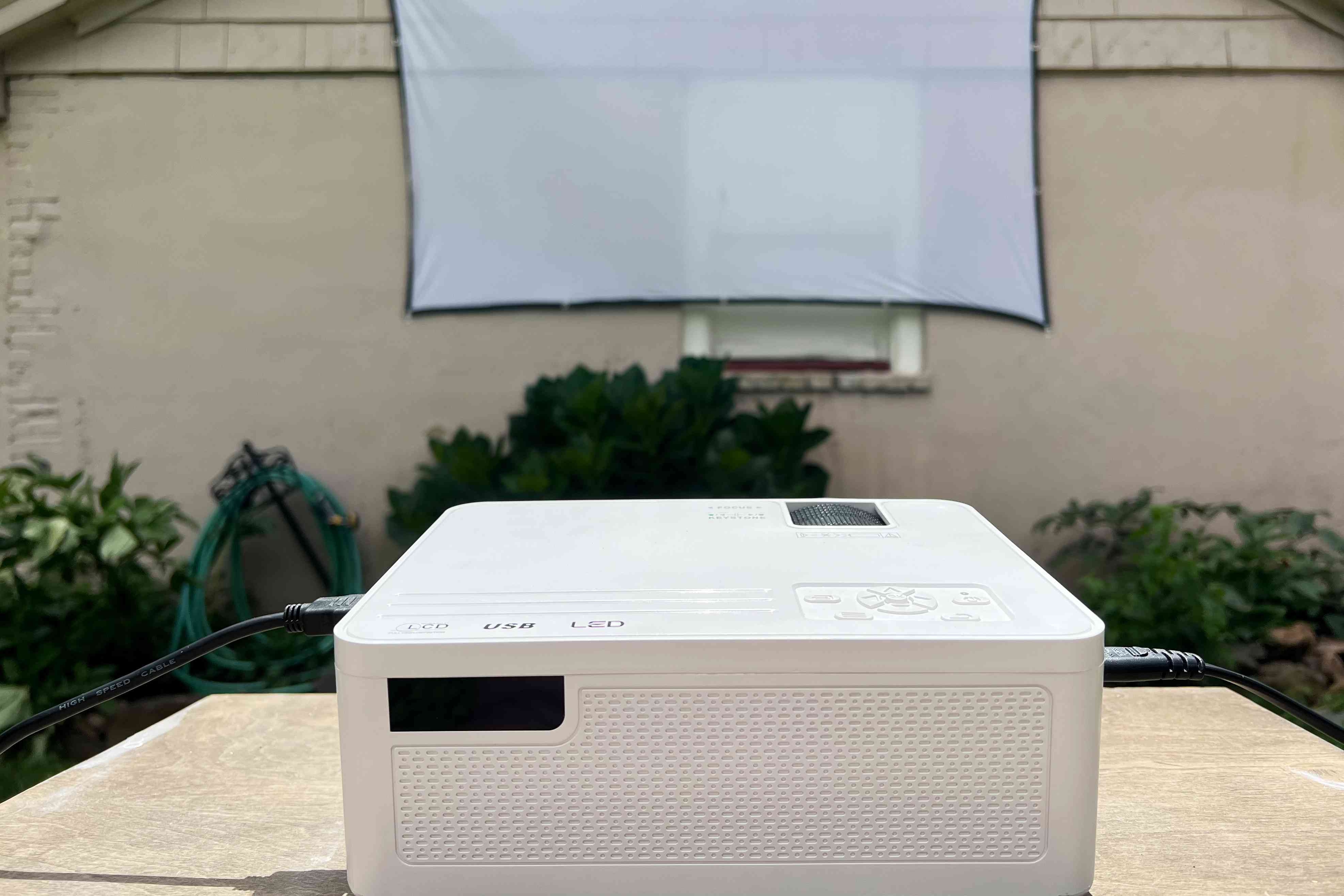
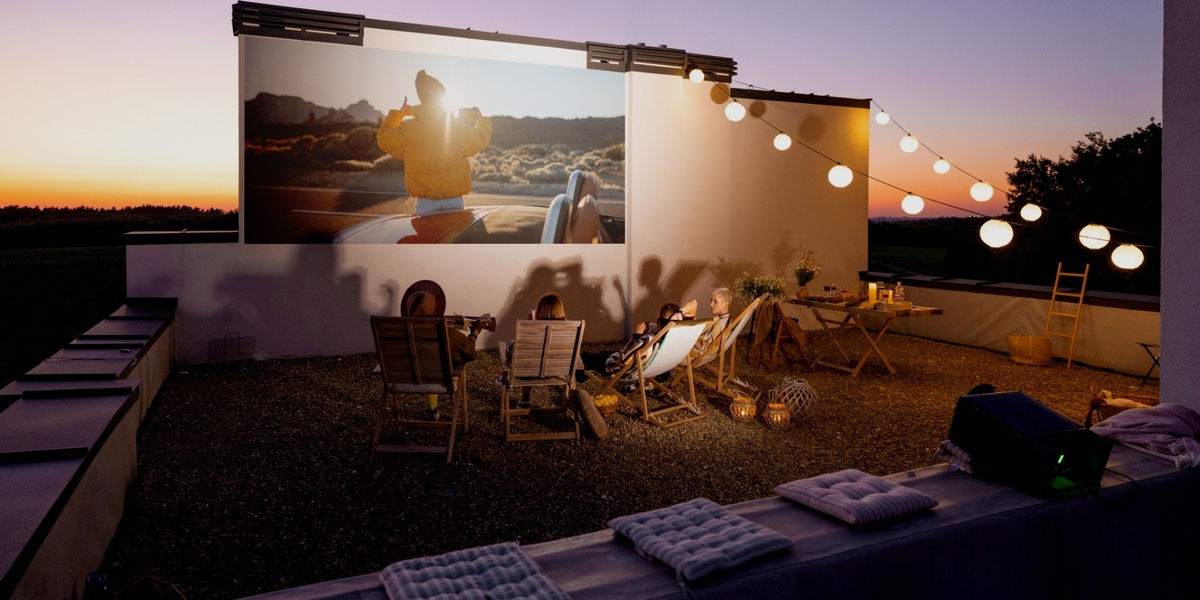
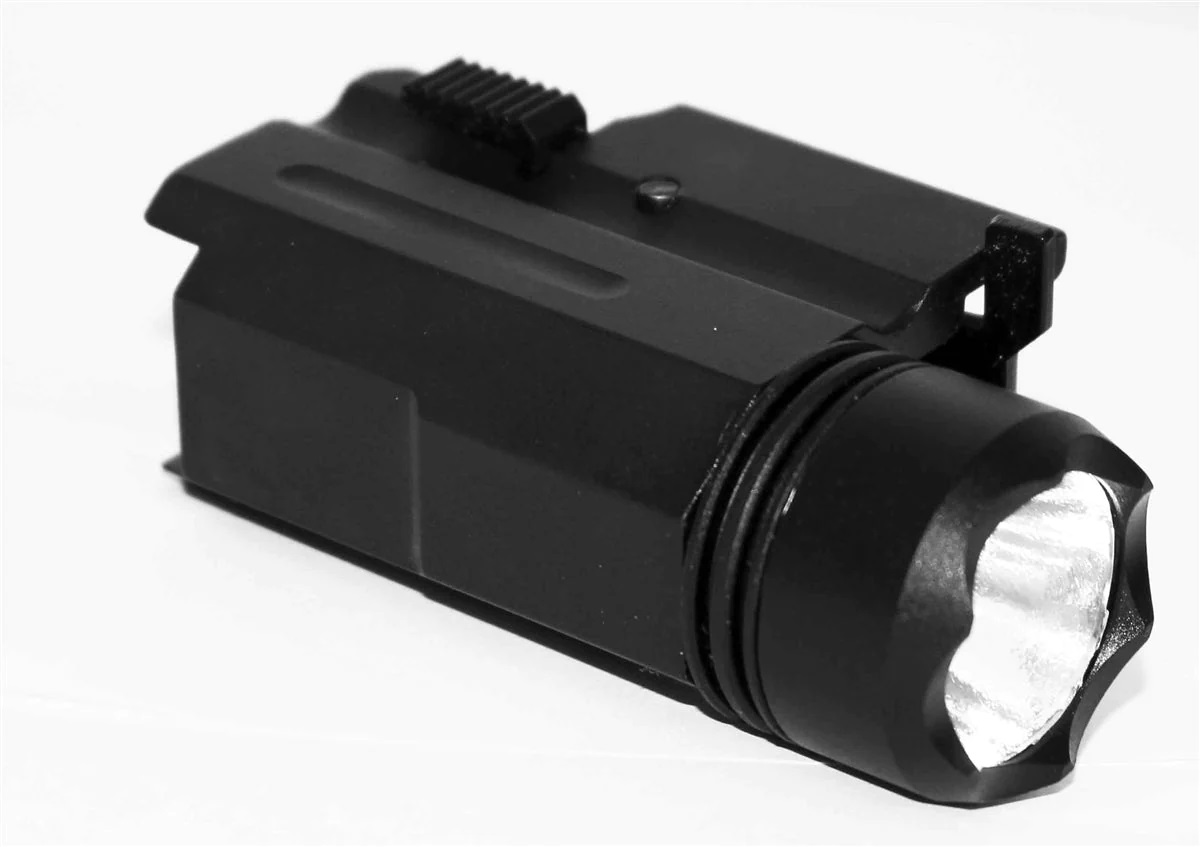
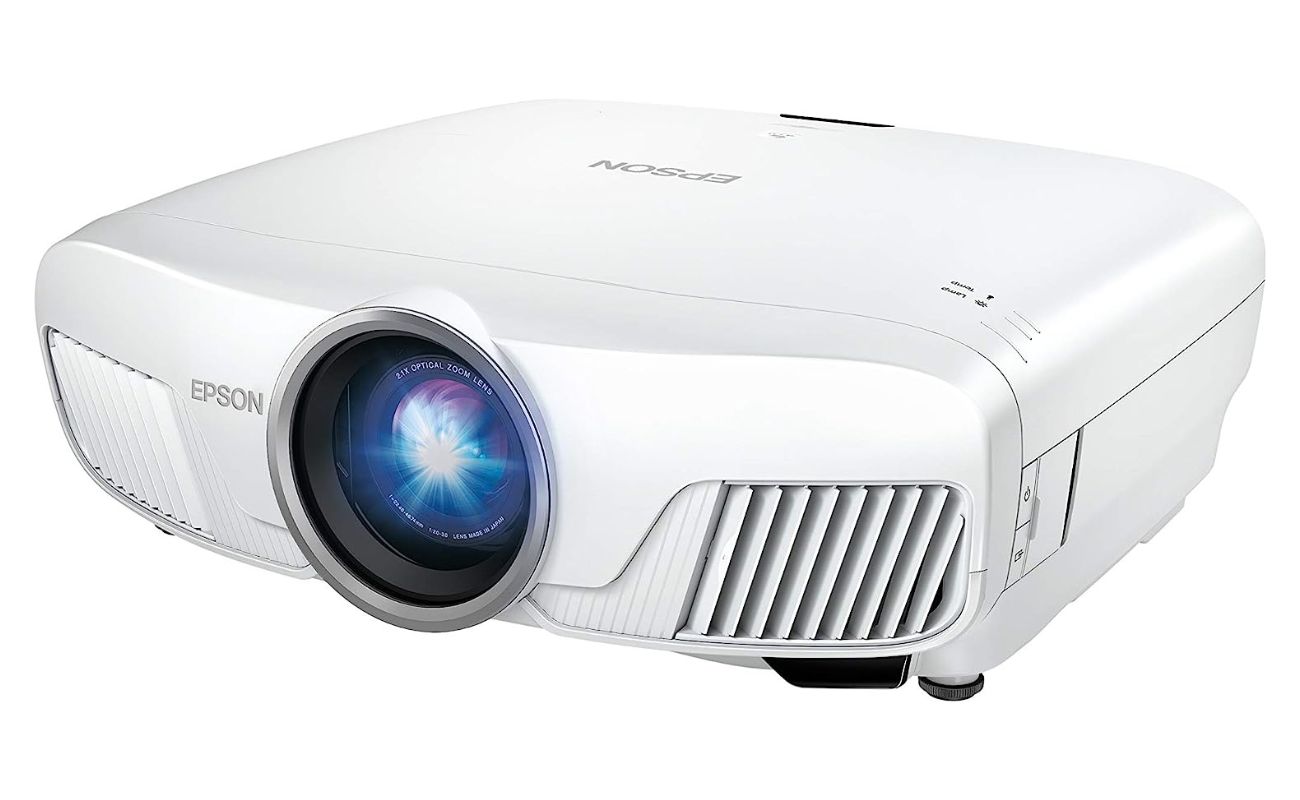
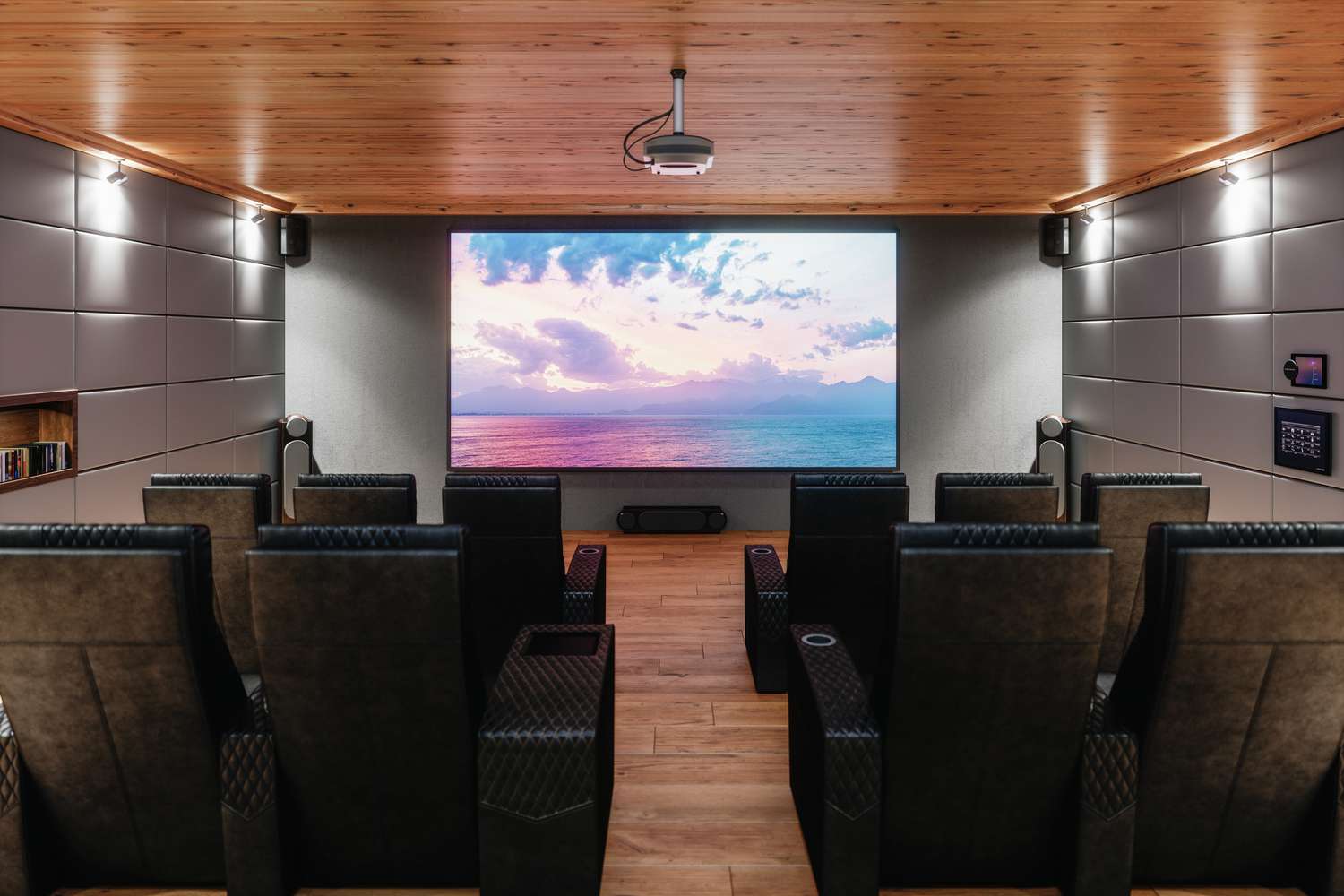
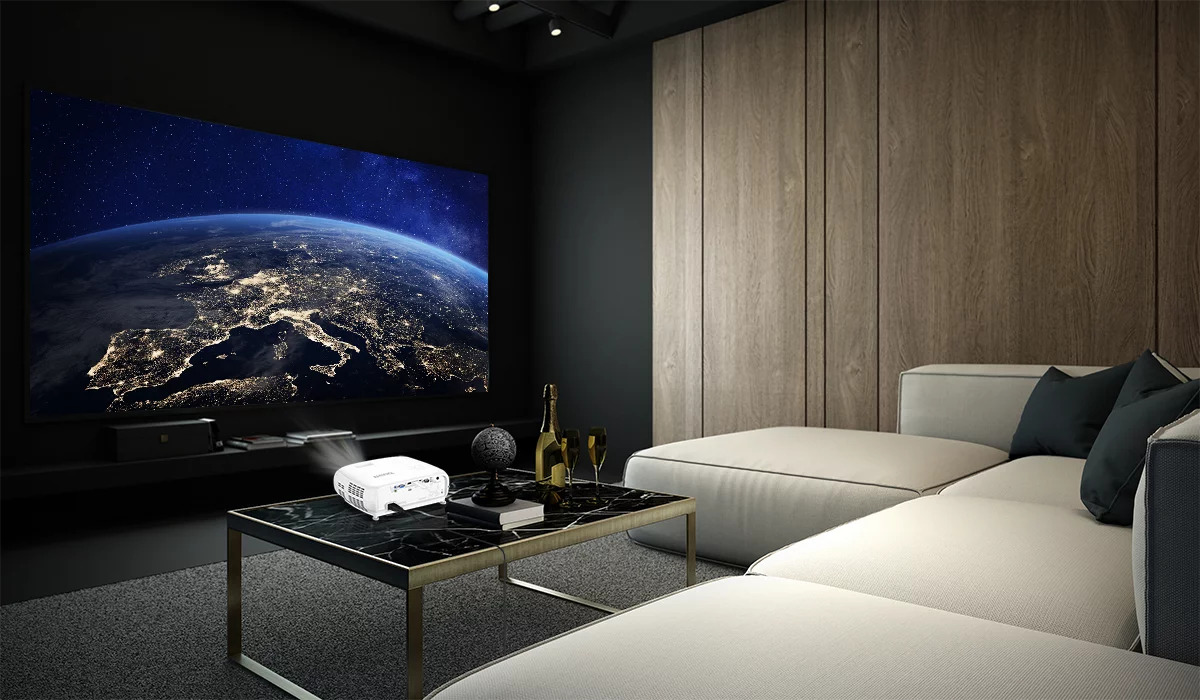

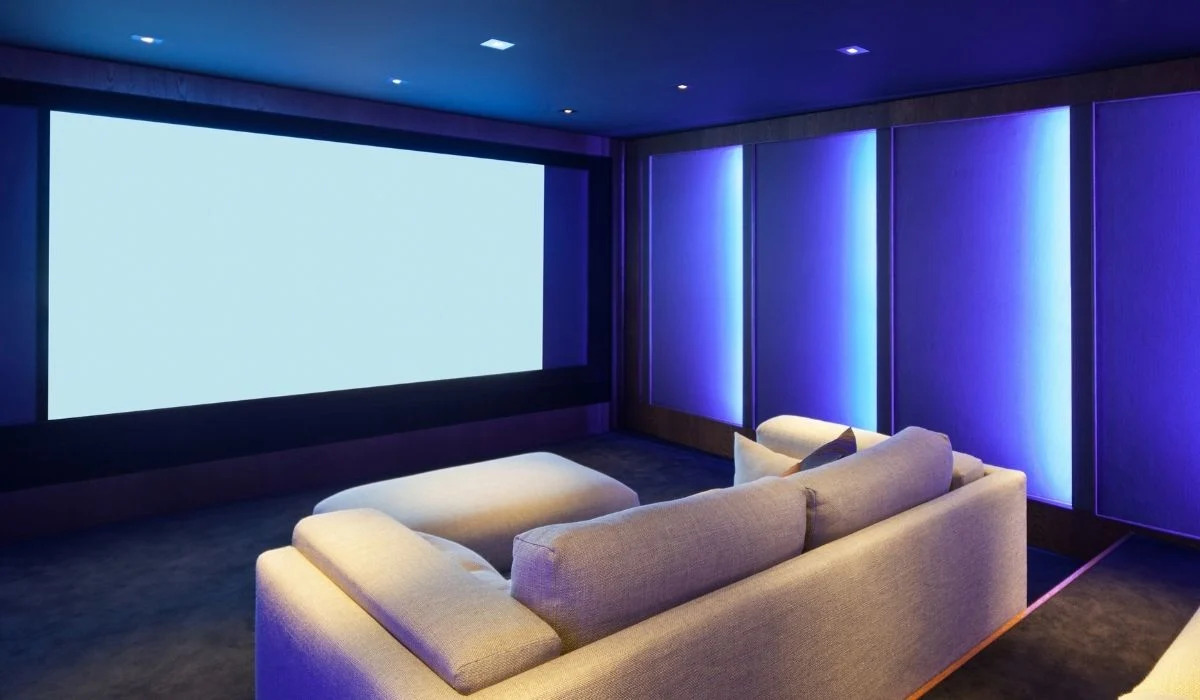
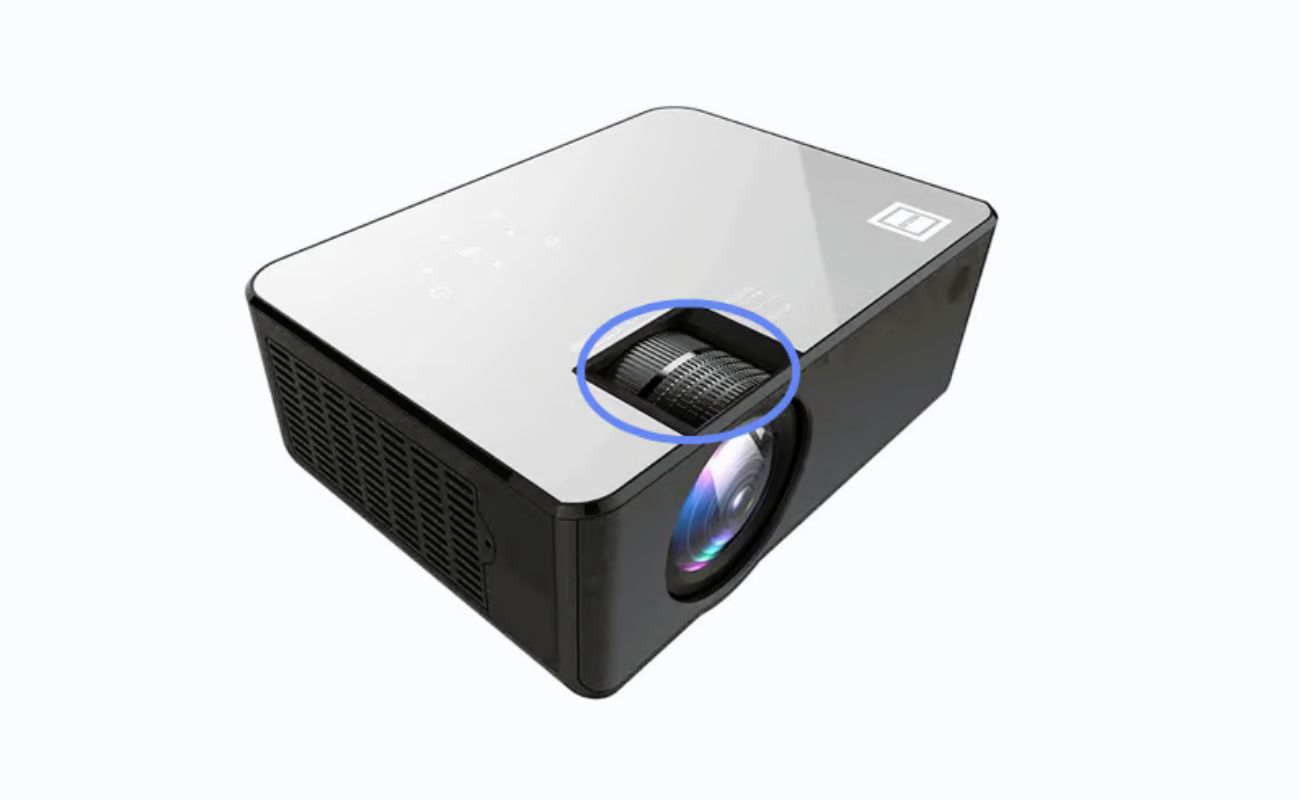
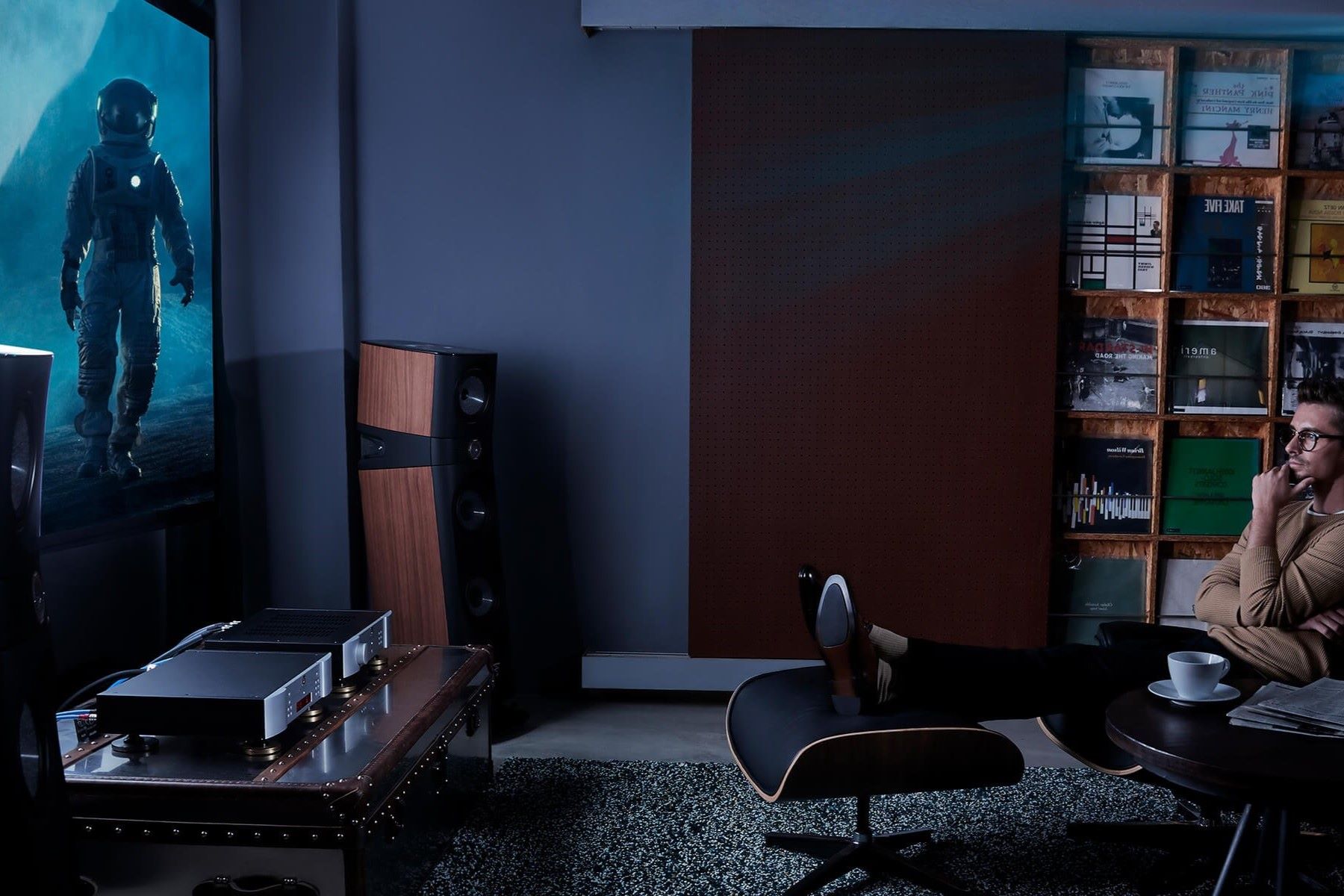
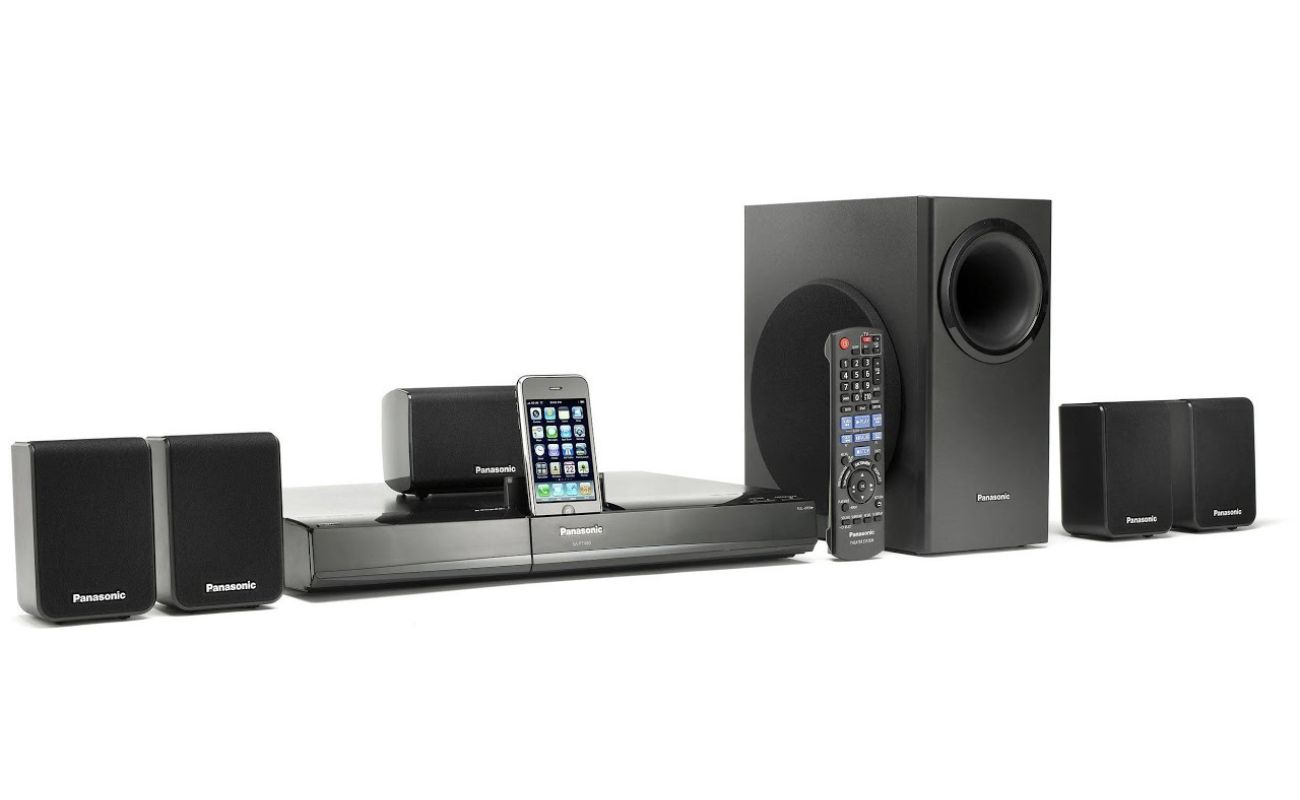

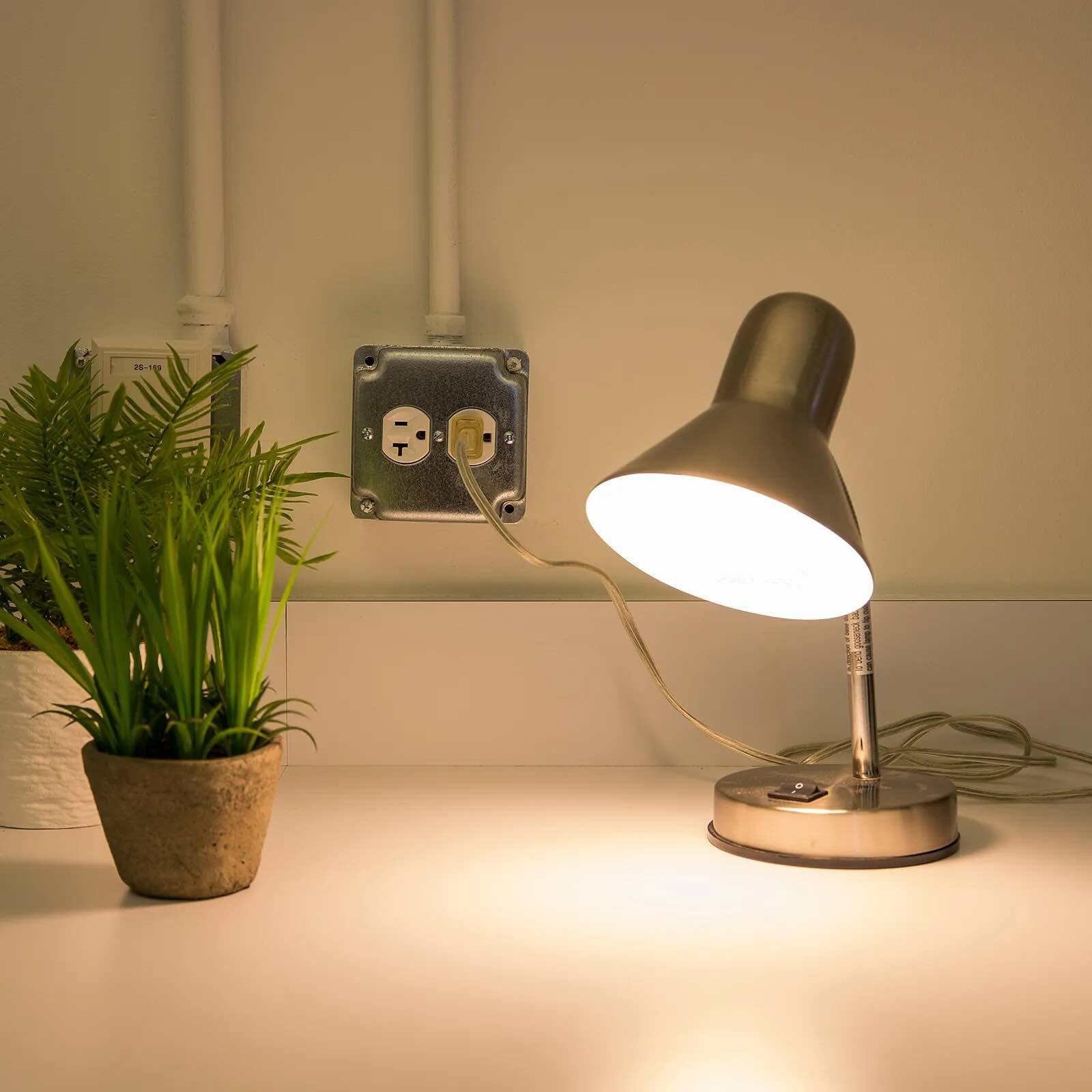
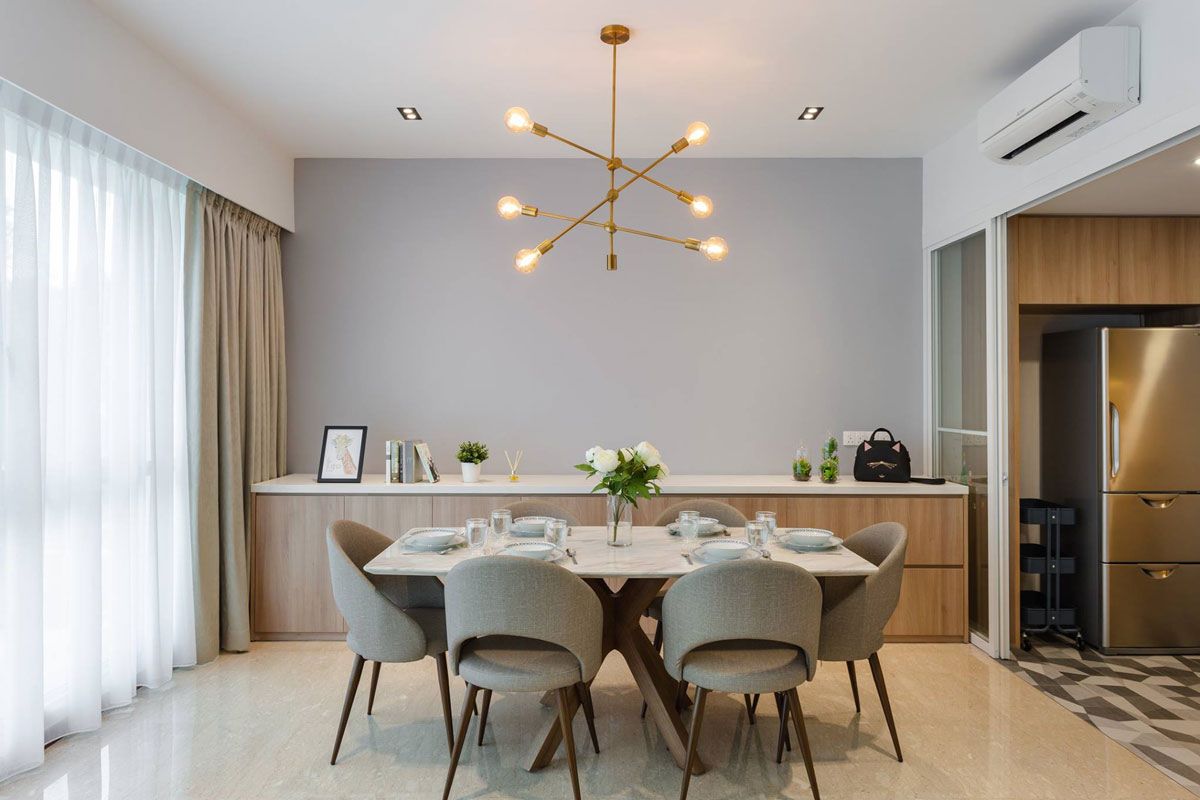
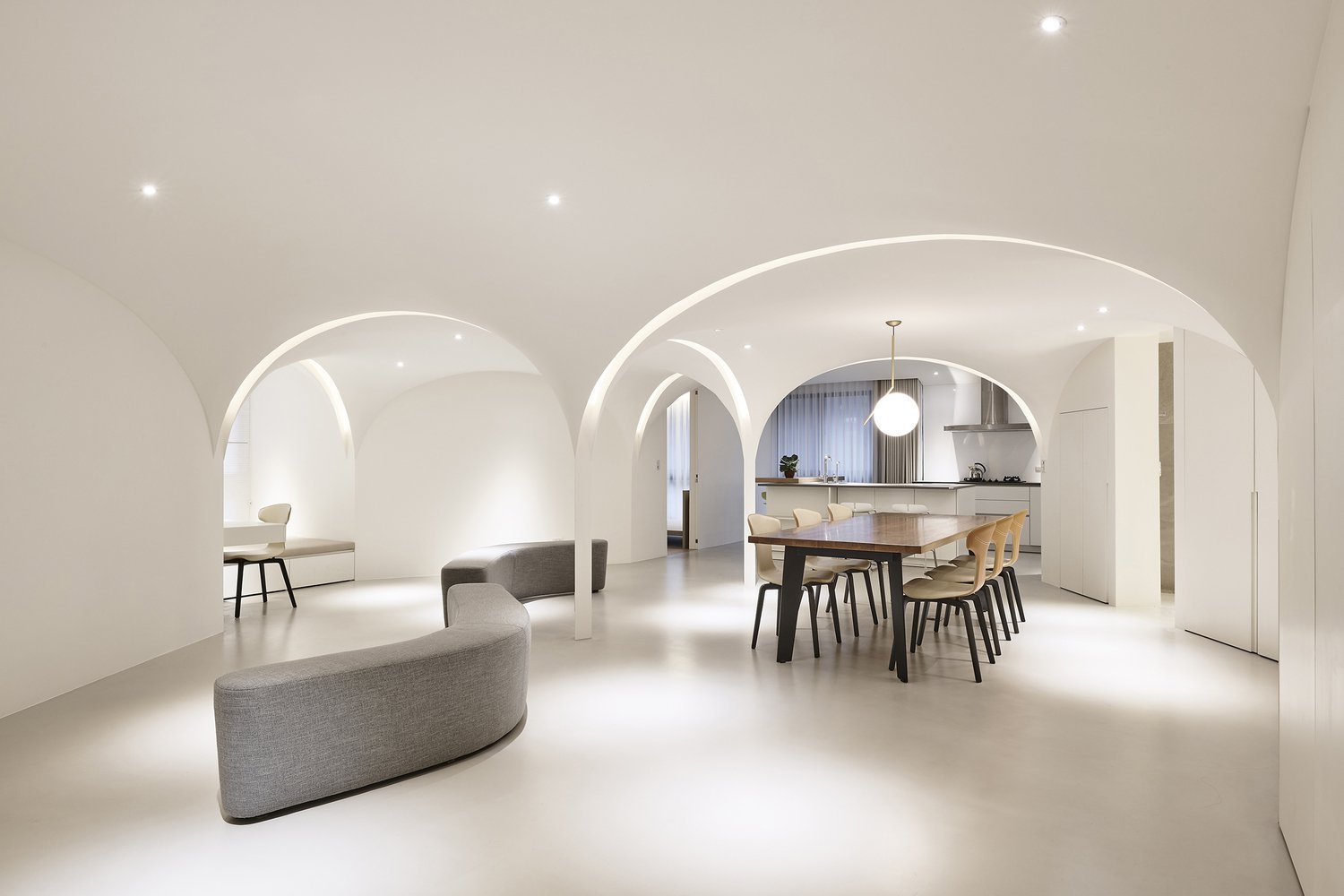

0 thoughts on “How Many Lumens For A Home Theater Projector”